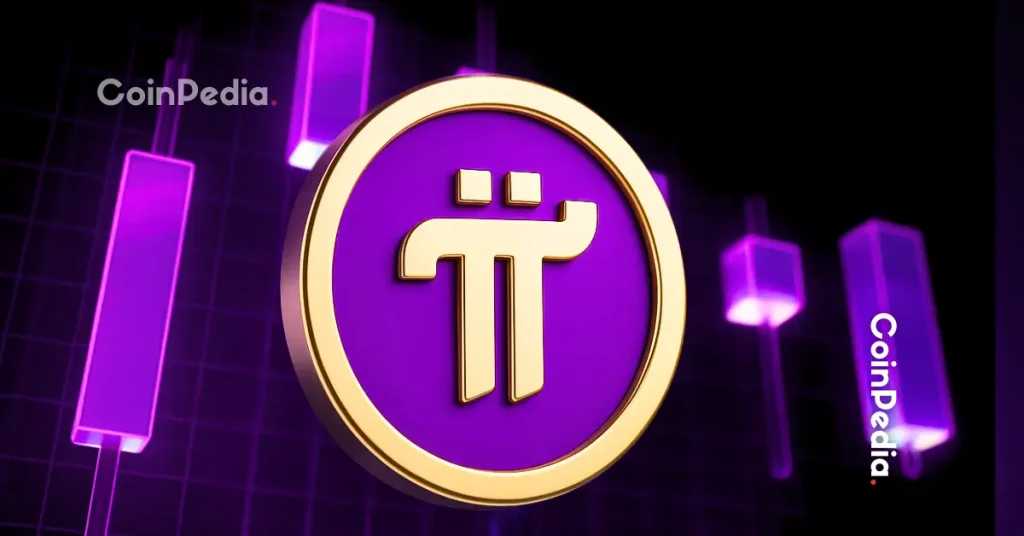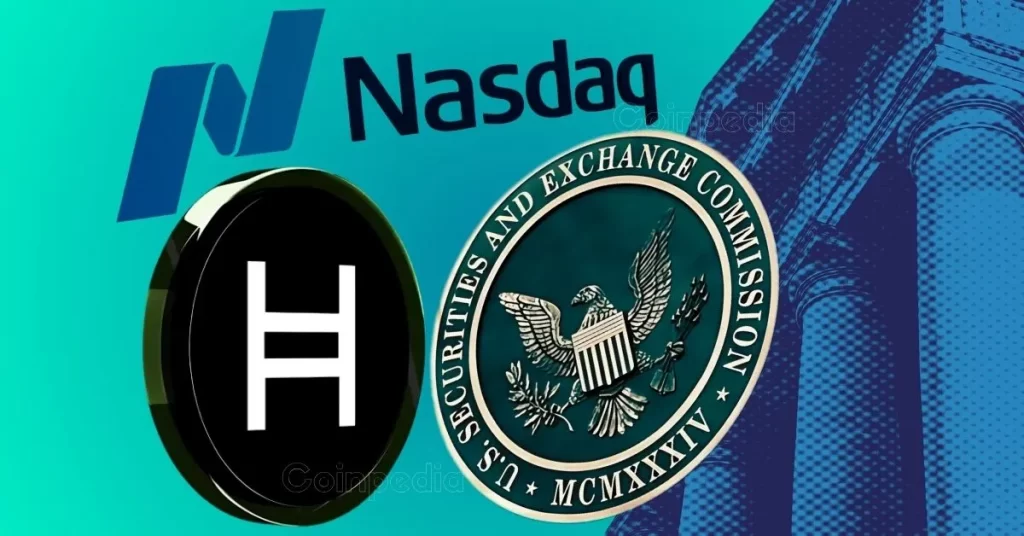Pi Network News: Pi Coin Price Rallies 15% Amid ISO 20022 Buzz

The post Pi Network News: Pi Coin Price Rallies 15% Amid ISO 20022 Buzz appeared first on Coinpedia Fintech News
The Pi Network community is turning optimistic again after months of decline. Pi Coin (PI) has staged a strong comeback, jumping over 15% in the past 24 hours and gaining more than 30% weekly, as traders eye a breakout above $0.28. The surge follows Pi’s official inclusion in the ISO 20022 group, aligning it with global payment leaders like Ripple (XRP) and Stellar (XLM), a move that could redefine its place in the financial ecosystem.
Why ISO 20022 Matters?
ISO 20022 is reshaping how global payments work. It introduces a unified messaging standard that lets banks and payment providers exchange rich, structured data, such as sender, receiver, and payment details- securely across borders.
The shift is already underway, with SWIFT and the US Federal Reserve’s Fedwire moving toward full ISO 20022 adoption by November 22, 2025. After this date, most global financial institutions will use the standard, setting a new benchmark for speed, transparency, and efficiency in international payments.
Pi Coin Price Gains Momentum
Pi Coin’s price recovery marks a strong return from its $0.19 low earlier this month, finding support near $0.20 and surging to a three-week high above $0.25 before stabilizing around $0.61. Analysts note that the token’s rebound signals growing confidence among traders.
Market analyst Devid James highlighted that while the overall trend looks bullish, $0.36 remains a key resistance. A rejection there could cause a pullback to $0.23, but sustained momentum may push Pi toward a new growth phase.
- Also Read :
- Crypto News Today [Live] Updates On October 29 2025
- ,
Joining the ISO 20022 framework puts Pi Network alongside compliant assets like XRP and XLM, opening doors to banking integration and cross-border payment compatibility. This move could make Pi more accessible to institutional players and help it gain recognition within traditional finance, improving its credibility and adoption potential.
What’s Next for Pi Coin?
Pi Network’s growth continues beyond price action. Over 3.36 million users have now completed KYC verification, boosting trust and participation in the ecosystem. Meanwhile, the upcoming Protocol 23 upgrade, set for Q4 2025, aims to enhance scalability and transaction speed, preparing the network for mainstream adoption.
With rising momentum, banking alignment, and a growing user base, Pi Coin is showing signs of real progress. If bulls manage to break past $0.28, Pi could enter a stronger uptrend, marking a major leap toward becoming a key player in crypto-integrated global finance.
Never Miss a Beat in the Crypto World!
Stay ahead with breaking news, expert analysis, and real-time updates on the latest trends in Bitcoin, altcoins, DeFi, NFTs, and more.
FAQs
ISO 20022 is a global payment standard improving speed and security in financial messaging. Pi’s inclusion boosts its credibility and integration potential.
It positions Pi for smoother banking and cross-border payments, aligning it with trusted networks like Ripple and Stellar for better financial interoperability.
The Protocol 23 upgrade will enhance speed and scalability, while rising KYC users and ISO 20022 compliance could drive wider adoption and trust.
